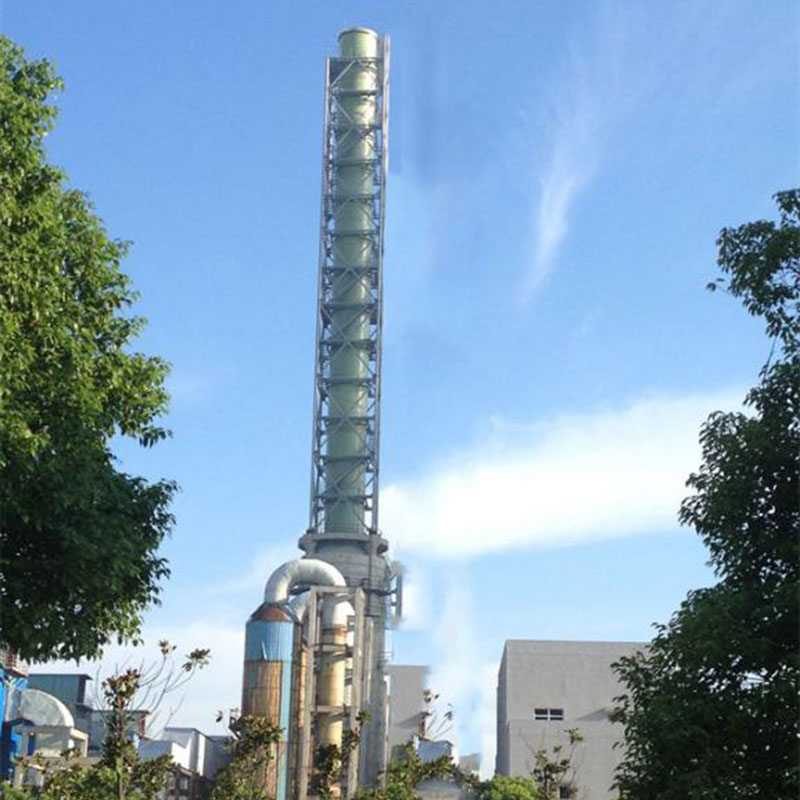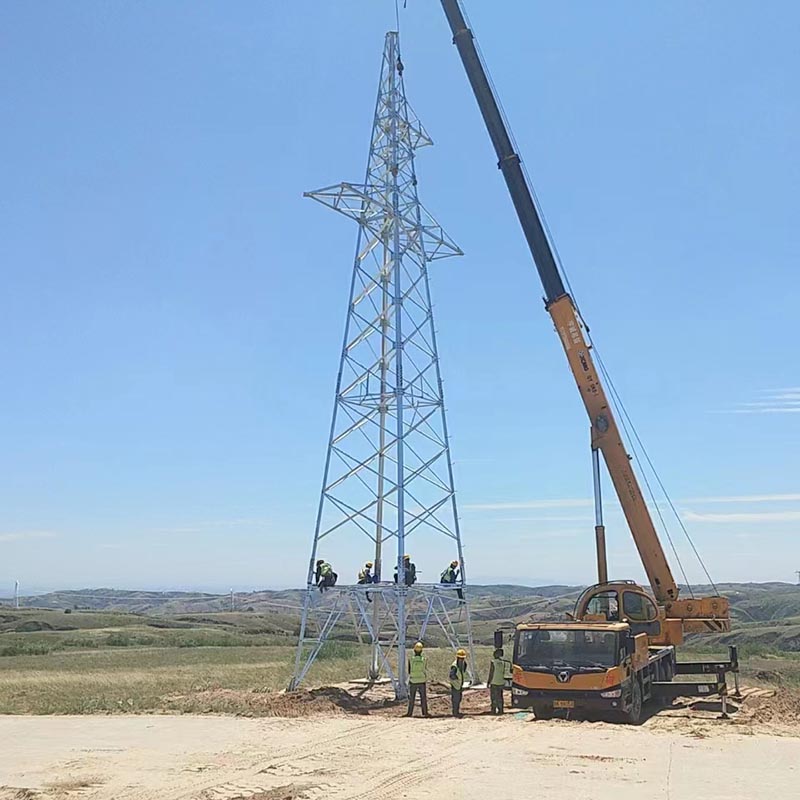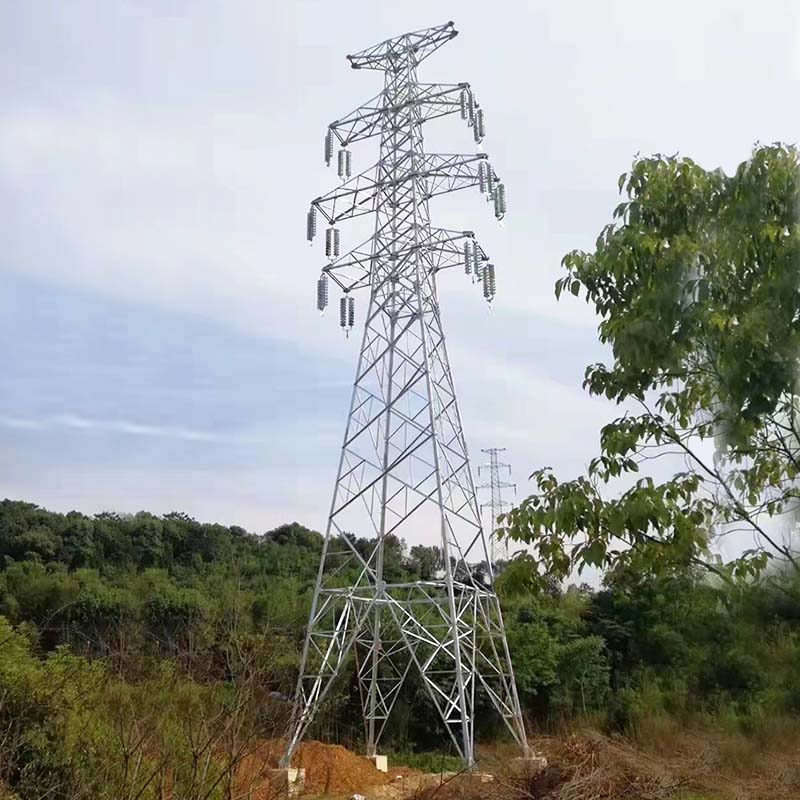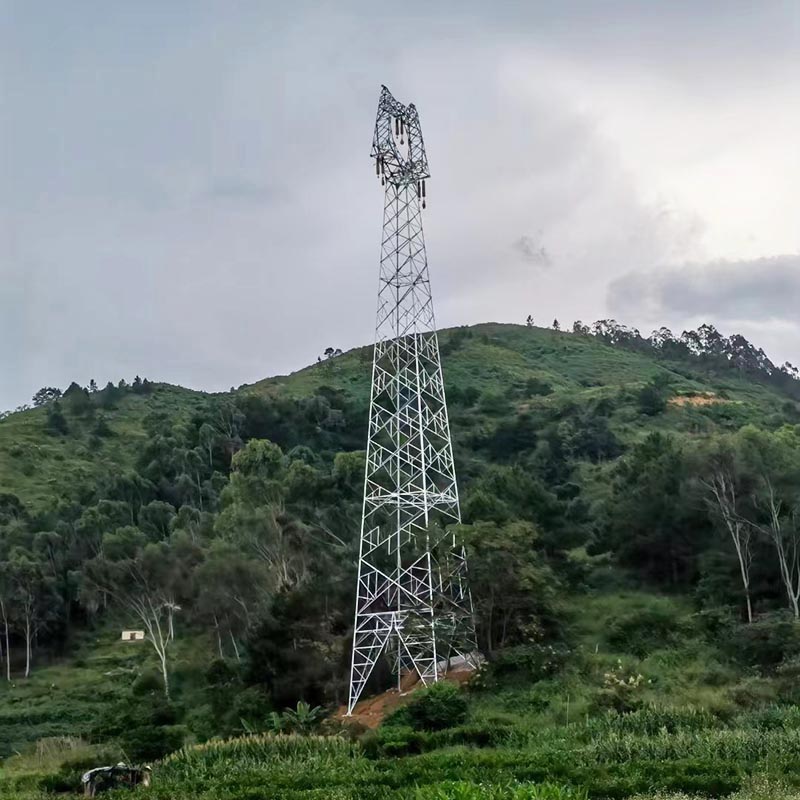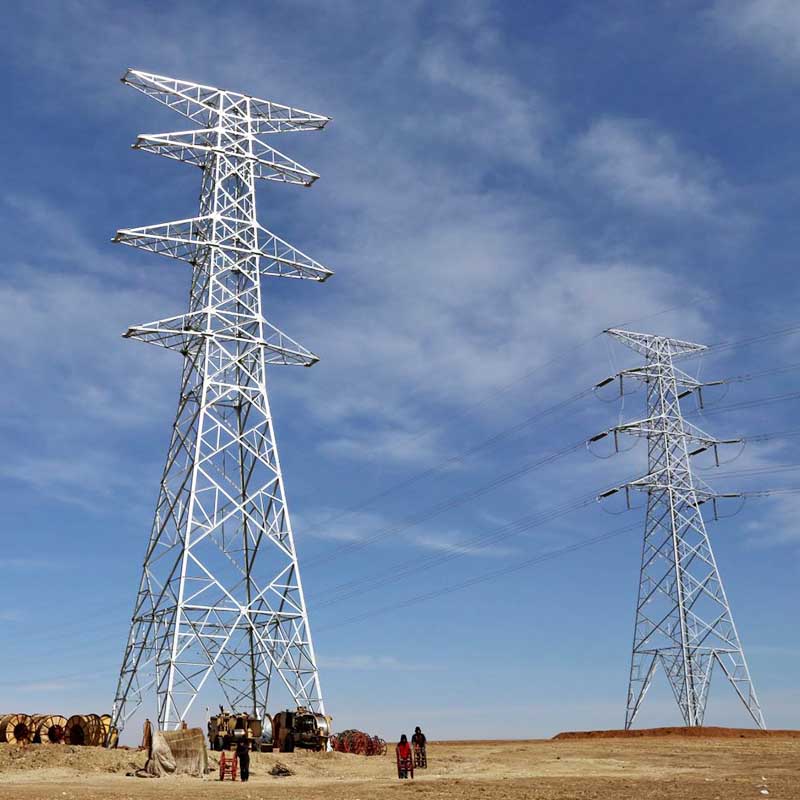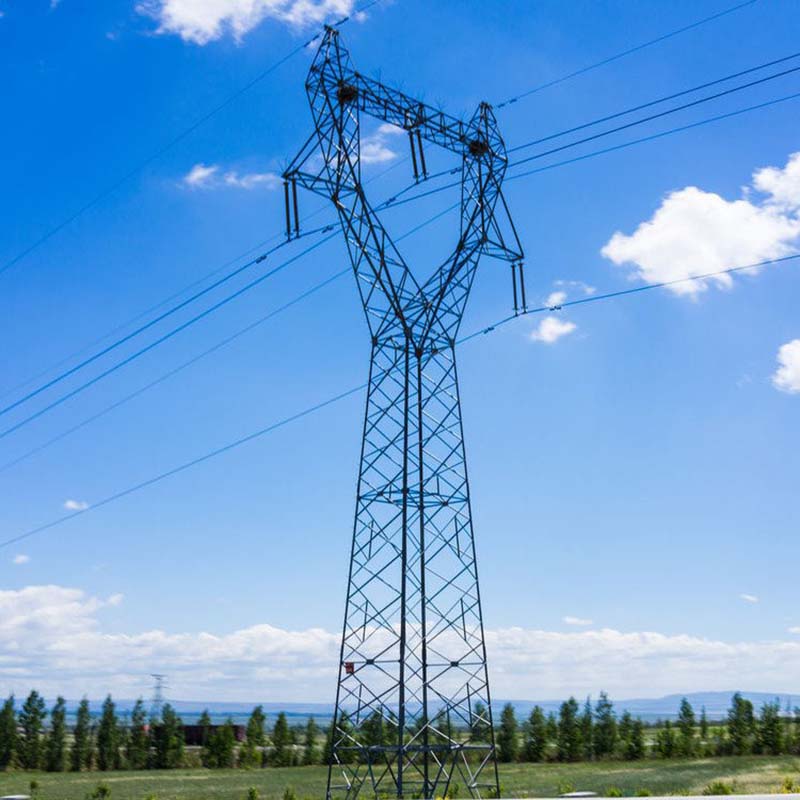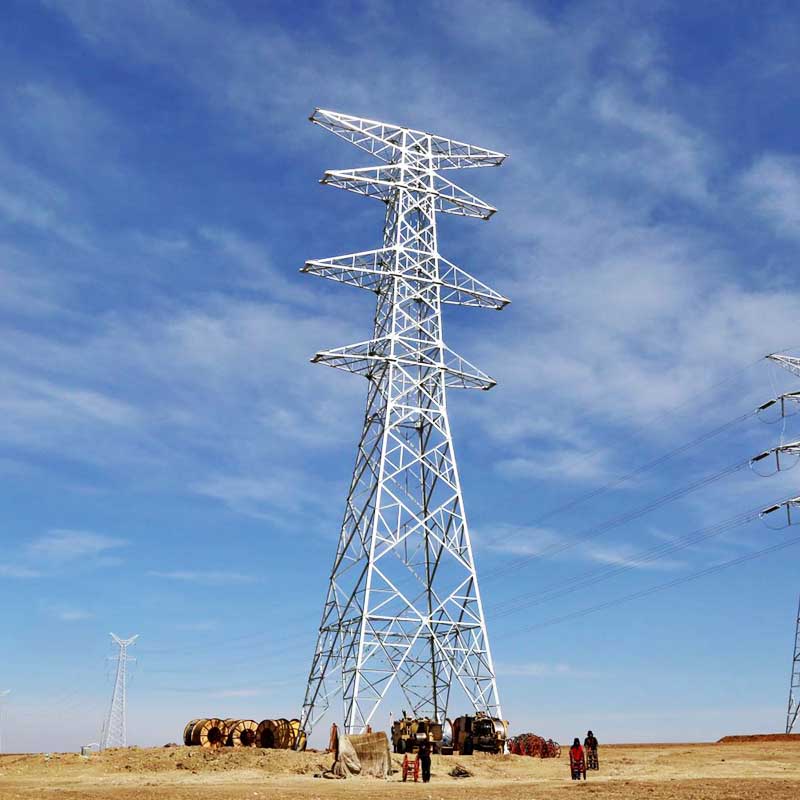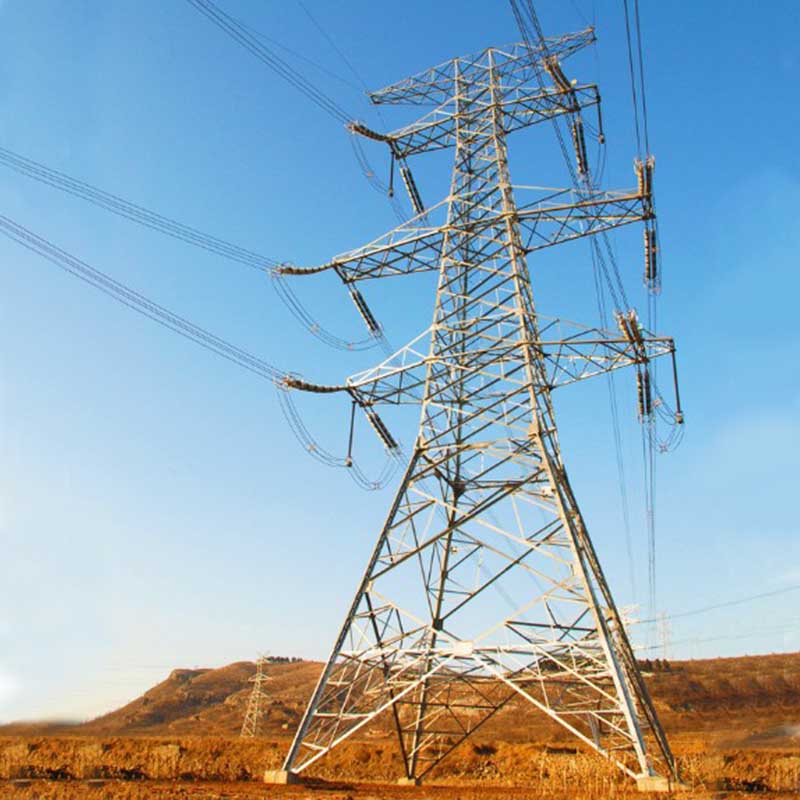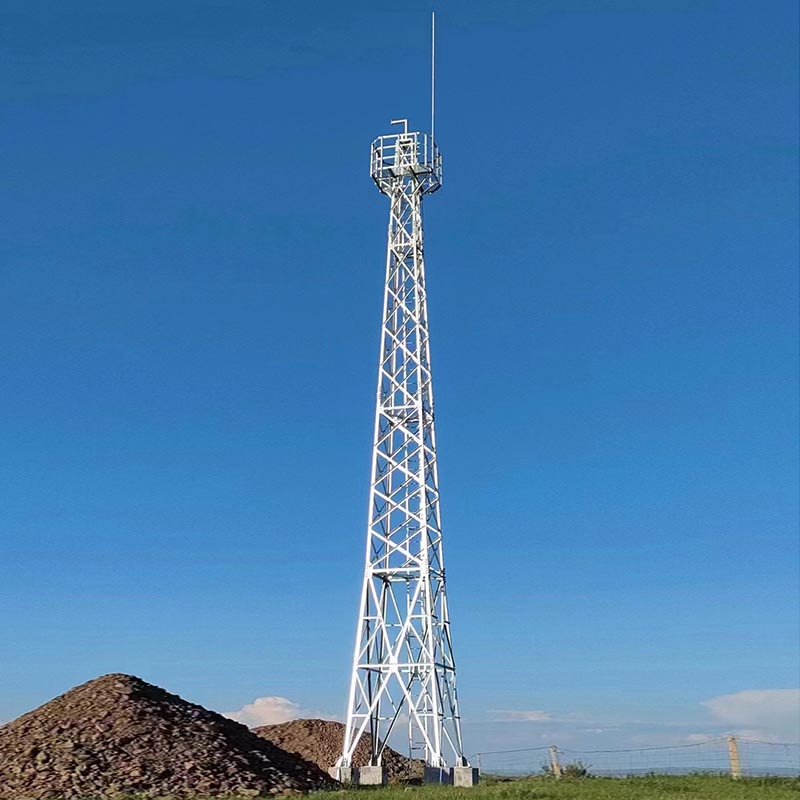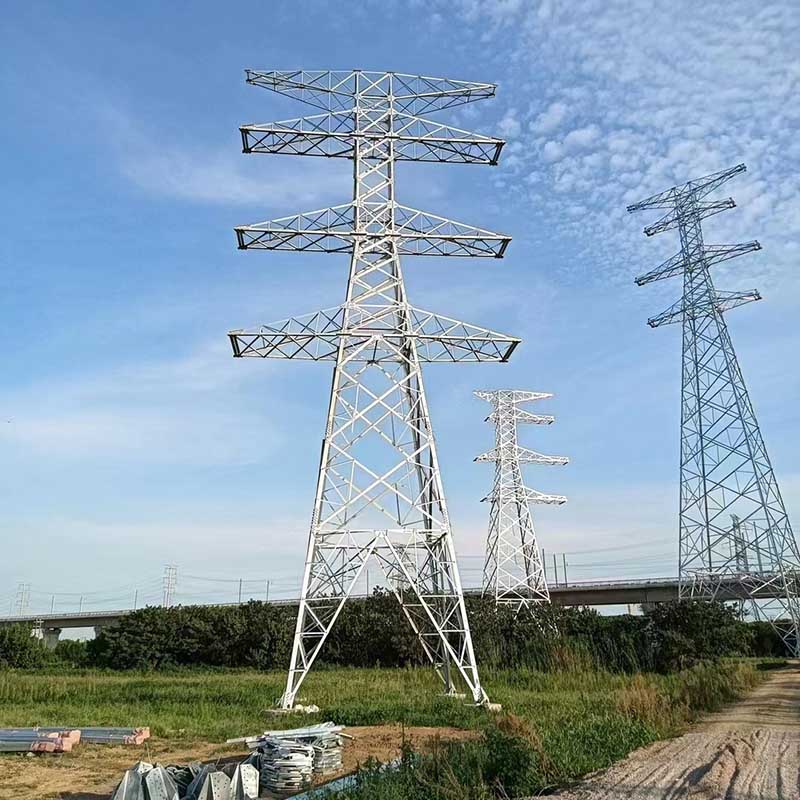 English
English Español
Español  Português
Português  русский
русский  Français
Français  日本語
日本語  Deutsch
Deutsch  tiếng Việt
tiếng Việt  Italiano
Italiano  Nederlands
Nederlands  ภาษาไทย
ภาษาไทย  Polski
Polski  한국어
한국어  Svenska
Svenska  magyar
magyar  Malay
Malay  বাংলা ভাষার
বাংলা ভাষার  Dansk
Dansk  Suomi
Suomi  हिन्दी
हिन्दी  Pilipino
Pilipino  Türkçe
Türkçe  Gaeilge
Gaeilge  العربية
العربية  Indonesia
Indonesia  Norsk
Norsk  تمل
تمل  český
český  ελληνικά
ελληνικά  український
український  Javanese
Javanese  فارسی
فارسی  தமிழ்
தமிழ்  తెలుగు
తెలుగు  नेपाली
नेपाली  Burmese
Burmese  български
български  ລາວ
ລາວ  Latine
Latine  Қазақша
Қазақша  Euskal
Euskal  Azərbaycan
Azərbaycan  Slovenský jazyk
Slovenský jazyk  Македонски
Македонски  Lietuvos
Lietuvos  Eesti Keel
Eesti Keel  Română
Română  Slovenski
Slovenski  मराठी
मराठी  Srpski језик
Srpski језик
Substation High-voltage Power Signal Tower
Send Inquiry
Find a huge selection of Substation High-voltage Power Signal Tower from China at Xuteng Iron Tower. The substation high-voltage power signal tower can easily cross roads, rivers, and railway lines.
The working principle of the substation high-voltage power signal tower is much more than we imagine.
The tower is used to support cables and transmit high-voltage electricity from power generation sites (such as power stations or wind farms) through energy systems to our homes and businesses.
Electricity is emitted from the power station at low voltage, approximately 10 to 30 kV. Then, it generates up to 400000 volts of high-voltage electricity through the "step-up" transformer in the substation and transmits it to the national grid. Increasing voltage allows for higher efficiency with less energy loss. The 'terminal' tower is located at each end of the route, and tension or angle towers can be readjusted as necessary.
Insulators made of porcelain or tempered glass support overhead high-voltage cables and keep them away from unearthed towers.
The power voltage in the transmission cable (line) is too high to be used for daily electrical appliances, so the "step-down" transformer in the substation is used to reduce the voltage and reduce it to a usable level.
Distribution network operators transmit low-voltage electricity through their own power lines and underground cable networks, providing power to our homes and businesses.


